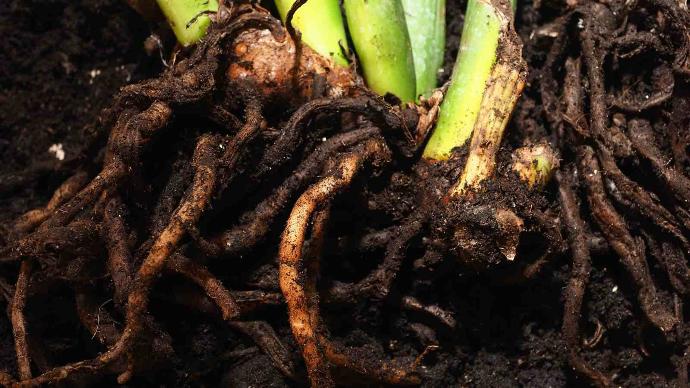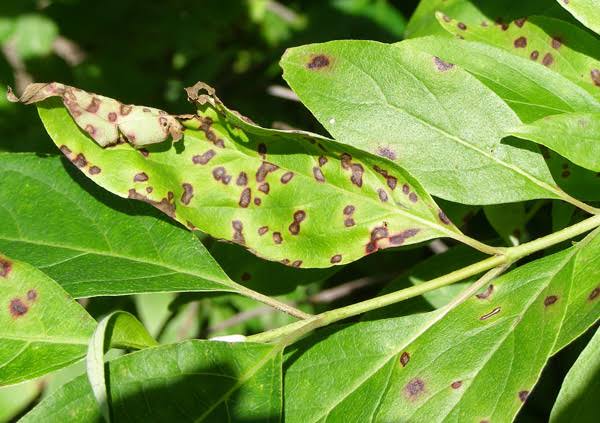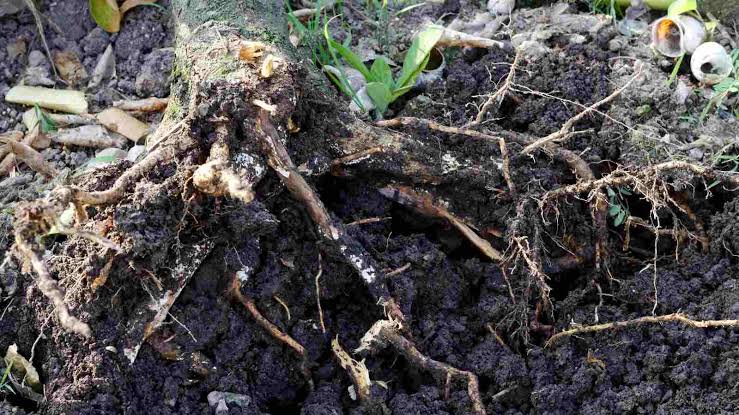Chain Plant
CALLISIA FRAGRANS, also known as Chain Plant, is an easy-to-care-for houseplant. It prefers bright, indirect light and well-draining soil. Allow the soil to partially dry between waterings. Regular pruning helps control its size and enhances its appearance.
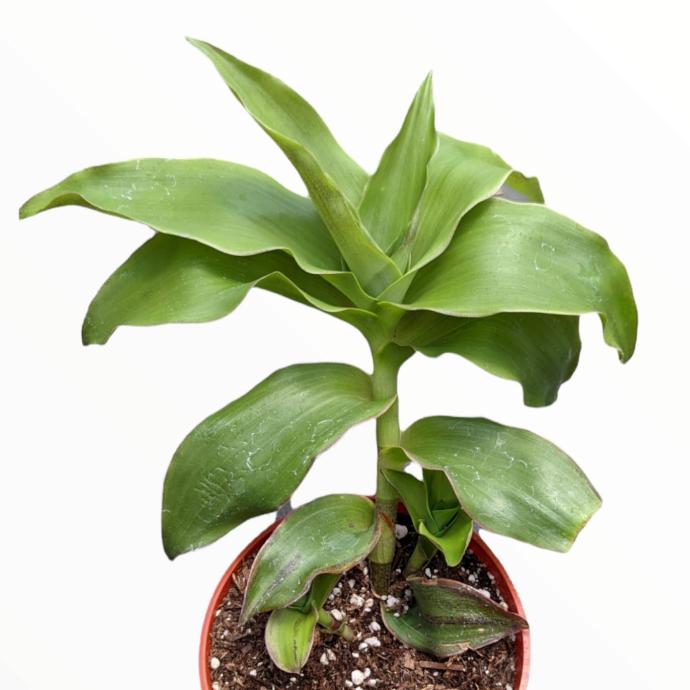
Habit
Perennial
Height
30-60 cm
Growth
Moderate
Soil
Well-drained, sandy loam
Shade
Partial shade to Full Sun
Moisture
Moist
Edible
No
Medicinal
Yes
Origin
Central & South America
Climatic Condition
Tropical, Subtropical
Temperature (°)
20-30°C
Humidity (%)
50-80%
Potting media
Peat, perlite, compost
Fertilizers
Low-fertilizer needs
Watering
Moderate watering
Plant Weight
500-1000 g
Flowering Time
Rarely flowers indoors
Soil Ph level
5.5 - 7.5
Water Ph level
5.5 - 7.5
Soil EC
1-2 dS/m
Yield Per Plant
Ornamental
NPK ratio
10:10:15
life Span
Perennial (5-10 years)
Health Benefits
Medicinal properties, anti-inflammatory, air purifier
Suggested Grow Media or Potting Mix ?
50% peat moss, 30% perlite, 20% pine bark
Suggested Fertigation/Fertilizers
Fertilize every 4 weeks with a balanced, water-soluble fertilizer.
Common Diseases and Remedies
leaf spot and root rot
Black and brown patches on leaves and stunting in growth
pruning off old leaves .
HEALTH BENEFITS
· Known for anti-inflammatory and wound-healing properties
· Used in herbal medicine for respiratory and joint issues
· May have antimicrobial and immune-boosting benefits
What Is An Chain Tree?
hain of Hearts Plant (Ceropegia woodii): The Chain of Hearts Plant, also known as 'Chain of Hearts', is a succulent plant with heart-shaped leaves. It is popular as a houseplant and is often grown in hanging baskets or on shelves. The name "chain" may refer to the stems that draw long tails resembling chains as they grow in cascades.
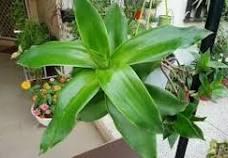
What Are The Different Types Of Chain Plants?
1. Row of Pearls (Senecio rowleyanus)
This succulent has round, pearl-like leaves that cascade down the stem and resemble a string of pearls.
2. Chain of Hearts (Ceropegia woodii)
As previously mentioned, this trailing succulent has heart-shaped leaves and grows along long drooping stems.
3. String of Bananas (Senecio radicans)
Similar to string of pearls, this succulent has banana-shaped leaves that grow along trailing stems, creating a cascading effect.
4. Burro Tail (Sedum morganianum)
This succulent has thick, fleshy leaves that grow densely along trailing stems, giving it a "tail" appearance.
5. English Ivy (Hedera helix)
English ivy is a common vine with small leaves growing densely along drooping stems. It is often grown as a ground cover or hanging basket.
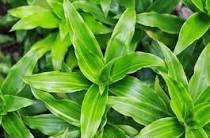
How to care for Chain Plants ?
1. Location
Place it near a window with plenty of natural light. Choose containers with drainage holes to avoid water blockages. Choose a pot that is slightly larger than the plant's root ball to allow adequate root growth.
2. Sunlight
Chain plants generally prefer bright, indirect sunlight. It grows in a location that receives plenty of natural light, but does not receive direct sunlight, especially during the hottest parts of the day. Placing your chain plant near a window with sheer curtains or in an area with filtered light will ensure that it receives the light it needs without risking sunburn or leaf damage.
3. Soil
Multi-purpose potting soil acts as a base for soil mixtures and provides nutrients for plants. Adding perlite or pumice to the soil mix improves drainage and aeration and prevents soil compaction. Coarse sand further improves drainage and prevents the soil from retaining too much water. About 1 inch of soil should feel dry. Check soil moisture regularly, especially during warm weather and when plants are actively growing. Please be careful not to overwater as this may cause root rot. Instead, aim for consistent moisture levels by watering thoroughly as needed and allowing the soil to dry slightly between waterings.
4. Nutrition
Use a balanced water-soluble fertilizer with equal N-P-K ratios (nitrogen, phosphorus, and potassium). For example: 10-10-10 or 20-20-20. Chain plants are sensitive to fertilizer concentrations, so dilute the fertilizer to half or quarter concentration. Feed the soil with a diluted fertilizer solution every 4 to 6 weeks during the growing season (spring to summer). Organic fertilizers: Alternatively, you can use organic fertilizers such as compost tea or fish emulsion, which provide slow-release nutrients.
5. Issues
one of the most common problems with chain plants is overwatering, which can lead to root rot and other problems. . Adjust watering frequency based on your plants' specific needs and environmental conditions. Please adjust the frequency of watering. Although chain plants are relatively resistant to pests, they may attract common houseplant pests such as aphids, mealybugs, and spider mites. Inspect your plants regularly for signs of pest infestation, such as yellowing leaves, sticky residue, and visible pests. Although chain plants are generally disease resistant, fungal problems such as powdery mildew and root rot can occur, especially in damp or poorly ventilated conditions. Ensure good air circulation around the plant and avoid overcrowding.
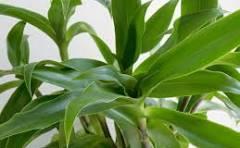
What are the Benefits of Chain plant ?
Chain plants add beauty and visual interest to indoor and outdoor spaces with their cascading foliage. They can be grown in hanging baskets, on shelves, or in elevated planters, creating an attractive display that adds dimension and texture to any setting.Air Purification: Like other houseplants, chain plants help improve indoor air quality by absorbing carbon dioxide and releasing oxygen during photosynthesis.Stress Reduction: Gardening and interacting with plants have been shown to have mood-boosting and stress-reducing effects. Low Maintenance: Many chain plants are low-maintenance and relatively easy to care for, making them suitable for both beginner and experienced gardeners alike.

FAQs About Growing Chain plants
1)How often should I water my chain plant?
Chain plants prefer to dry out slightly between waterings. Water them thoroughly when the top inch of soil feels dry to the touch, typically once every 1-2 weeks during the growing season
2. Can I grow chain plants outdoors?
Yes, many chain plants can be grown outdoors in suitable climates. Choose a location with filtered sunlight or partial shade, especially in hot or dry climates. Protect outdoor chain plants from frost or extreme temperatures, and provide adequate support for trailing growth.
3)How do I propagate chain plants?
Chain plants can be easily propagated from stem cuttings. Simply snip a healthy stem with several leaves intact, remove the bottom leaves, and place the cutting in well-draining soil. Keep the soil consistently moist until roots develop, usually within a few weeks.
4. Do chain plants need fertilization?
Yes, chain plants benefit from occasional fertilization to support healthy growth. Use a balanced, water-soluble fertilizer diluted to half strength and apply it once every 4-6 weeks during the growing season. Avoid over-fertilizing, as this can lead to salt buildup and other issues.
5. How can I prevent my chain plant from becoming leggy?
To encourage bushier growth and prevent legginess, pinch or prune the tips of the stems regularly. This promotes branching and encourages the plant to produce more compact growth. You can also rotate the plant periodically to ensure even growth on all sides.
